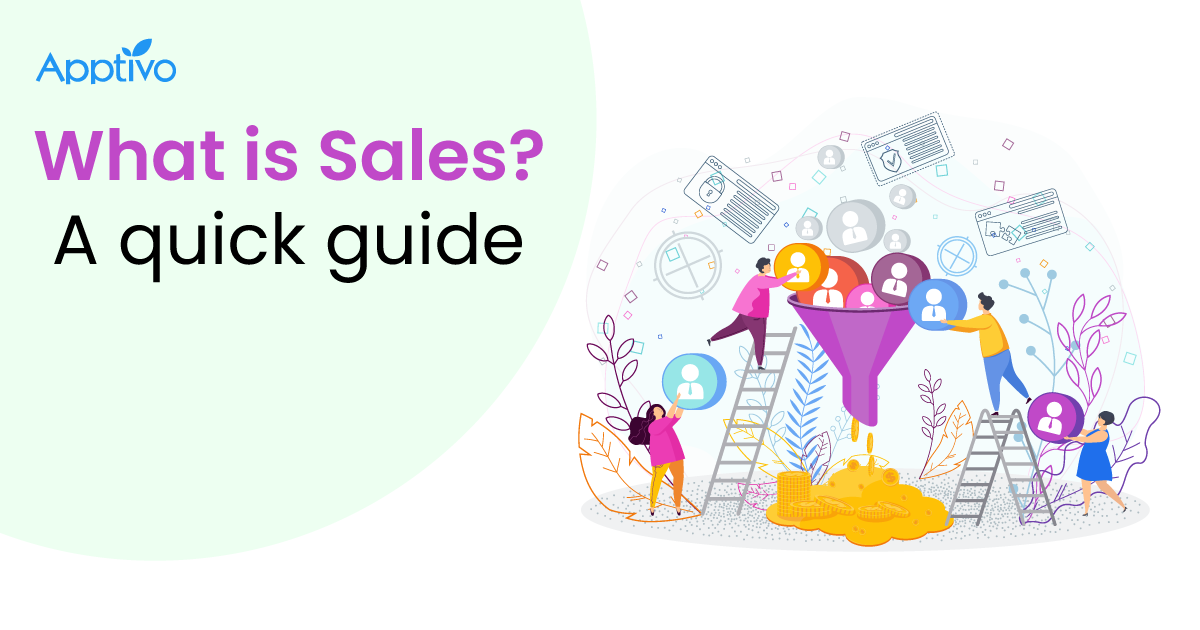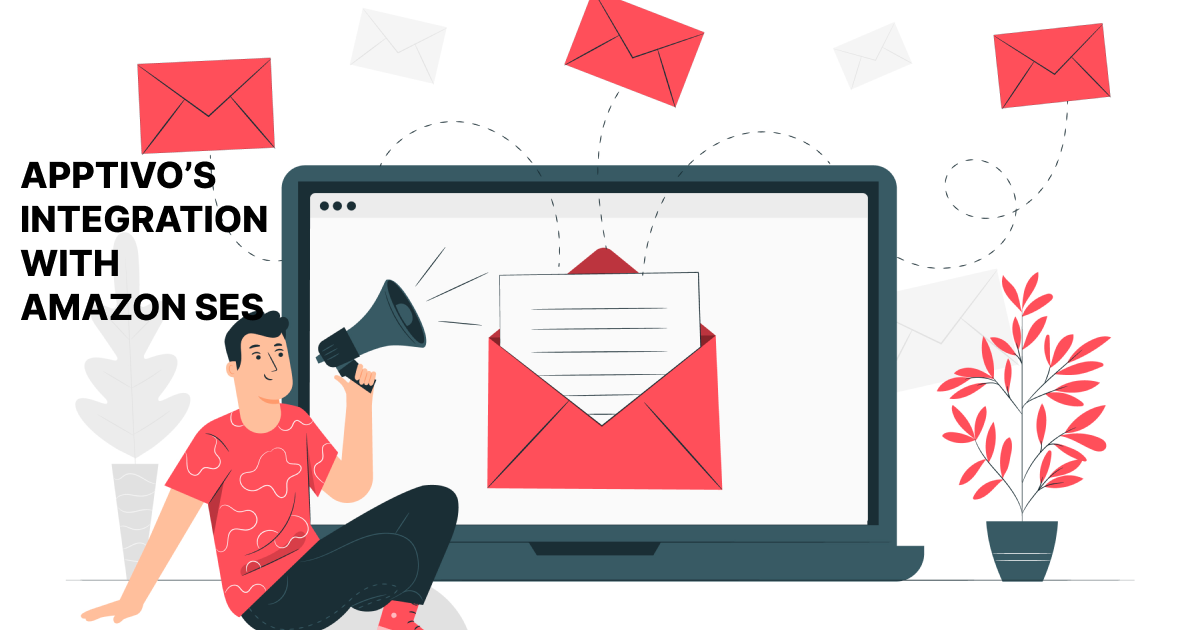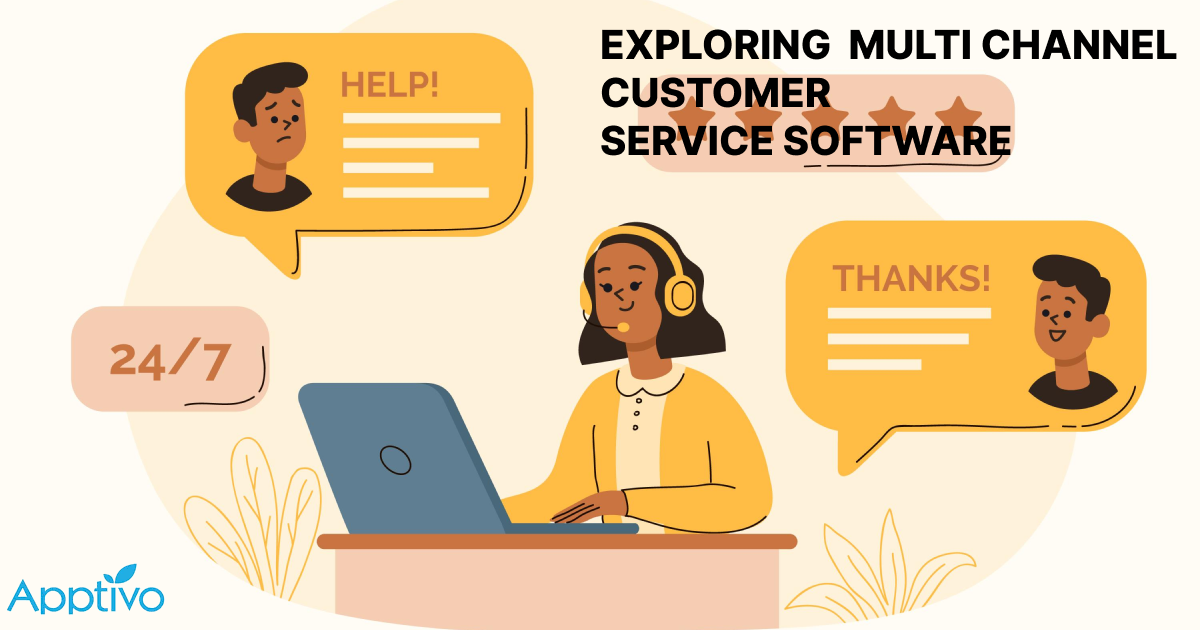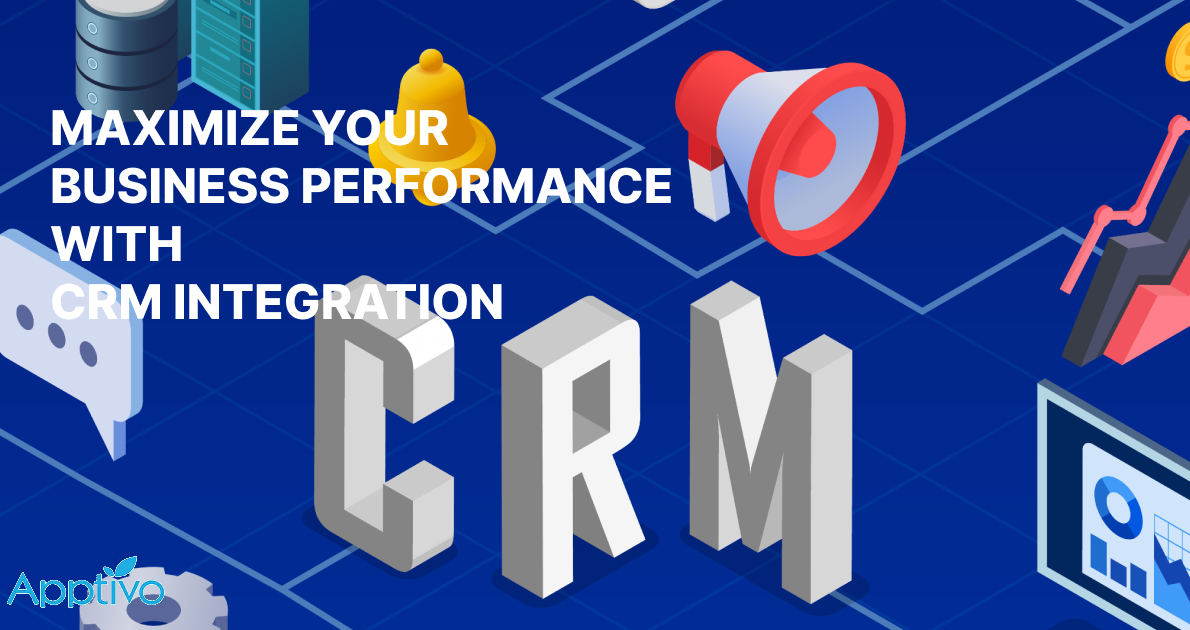 |
Define Sales
‘Sales’ is the term used to describe all activities involved in selling a product or service to a consumer or business. There’s a lot that goes into a sales process – from sourcing prospects, to building relationships, to keeping the relationship going – all with the sole aim of coming up with solutions for the customer.
Why is Sales important?
While sale refers to the transaction between the seller and the buyer, there’s a lot more that’s going on as part of the process, before the actual transaction happens. The sales department’s reason for existence is to bring in money to the organization.
Let’s take a look at why Sales is so important:
Conversions
There are a lot of steps involved before the transaction happens, right from creating awareness to generating interest. But in the end, it’s on the sales department to make that final push of converting that customer from the interest stage.
Customer Acquisition
Customer acquisition also happens through the sales process, when the salesperson brings in more new customers through cold-calling, cold-emailing and through other sales tactics.
Customer Retention
Part of the salesperson’s job is to develop a relationship with customers. A good relationship goes a long way with the customer remaining with the business for a long while.
Business Growth
Customer retention done well can lead to business growth. Starts with buying the offering once, and then repeating the purchase. Business grows when customers buy its offerings and repeat the purchase. Sales is responsible for just that.
What are some of the different types of sales?
Some of the different types of sales are:
1. Inside Sales
Inside sales is when the sales team engages with their customers and prospects from inside the company, remotely. Organizations that follow the inside sales approach have to have a nimble, automated process and fixed hours.
While inside sales is done remotely, when done well, it does an efficient job of identifying the customer or prospect’s business needs, matching them with the right solution and closing the sale.
2. B2B Sales
B2B Sales, or Business-to-Business sales, are as the name suggests, businesses or companies that sell products and services to other businesses and not individual customers.
B2B has a higher ticket value than Sales to an individual customer, because these products and services are more complex in nature and also have more complex terms. B2B products have a bearing on how the buyer’s business operates.
3. B2C Sales
B2C, or Business-to-Consumer are sales between a business and its individual customers. These sales, unlike the B2B sales, are less complex and low ticket sales and can involve multiple transactions and deals with many customers.
4. eCommerce Sales
An eCommerce or online sales model is when a company sells its products and services online exclusively. In such a sales model, the prospect is able to research the product, determine whether they want to buy it, and buy it online without having to get in touch with a salesperson or anyone else from the company.
For companies that have products that can be sold through targeted digital marketing, or smaller companies that don’t have a sales department, this model would work well.
5. Account Based Sales
Account Based Sales are put to use when there are multiple points of contact for large enterprise accounts. For Account Based Sales, the account is not handed off to one sales rep. Instead, the opportunity stays with the account based team to serve that account through all stages; right from lead till customer success.
The sales team gets the opportunity to build a relationship with the enterprise over a long period of time.
Common Sales Terms
We went over some of the different types of sales. Now let’s take a look at some common sales terms:
1. Salesperson
A salesperson performs all the activities related to selling a product or a service.
2. Prospect
A prospect is a contact that the salesperson identifies as someone who could potentially be their customer. There are prospecting techniques that the salesperson employs like email outreach, calling and other tactics, to get them interested in what the salesperson is selling.
If the prospect is interested in the product or service, the sales rep attempts to move them up the funnel to turn them into customers, by using sales closing tactics.
3. Deal
A Deal is the product or service the salesperson would like to sell and the price associated with it.
Deals can have multiple stages, depending on the business, the industry, the products, the service, the customer – there are a lot of factors involved. How the deal is performing and progressing can be tracked using a CRM system. There are also some things called deal plans which makes the selling process easier on the prospect and salesperson.
4. Sales Pipeline
Sales pipeline describes all the steps in the sales process. With the help of a sales pipeline, a salesperson can see where their prospects are in the sales cycle.
5. Sales Plan
The sales plan details out the goals, objectives, and strategies for a sales organization. It outlines who the target customer is, the market, pricing, team structure, details about the business, pricing, to name a few. It also outlines that sales tactics that the sales team will use to reach their goal.
Types of Sales Methodologies
Some of the different types of Sales Methodologies are:
Transactional Selling
Transactional selling is a quick, short-term sale process where the customer knows what they want and doesn’t spend much time thinking about or researching the product. They make a quick sale and it ends there.
Solution Selling
Solution selling is when the business problem has a complex solution that incorporates products, services, and technology. The salesperson gathers information and gets an understanding of the prospect or customer’s industry and business in order to come up with a sales solution.
SPIN Selling
SPIN stands for Situation, Problem, Implication and Need-Payoff. The salesperson tries to get an understanding into these four areas in order to be able to focus on the needs of the prospect and then pitch the sales offering.
Social Selling
In Social Selling, the salesperson attempts to generate leads by targeting prospective customers through social media platforms.
Inbound Selling
In Inbound Selling, the salesperson is the consultant to the prospect’s problem statement.
Needs-oriented
Needs oriented is when the salesperson asks questions to the buyer to understand their problem statement and make a sales pitch to address the problem statement in the form of a solution.
Aggressive Selling
In Aggressive Selling, the salesperson gives a sales spiel on how their product or service can be so beneficial to the business, and tries to convince them.
In Conclusion
For all the different types of sales that exist, the terms and methodologies, what truly matters at the end of the day is to understand what the customer’s needs are and create solutions for them and increase company revenue.
Latest Blogs

Apptivo's Integration with Amazon SES for Outgoing Email Server
Amazon Simple Email Service (SES) is an email platform that provides an easy, cost-effective way to send and receive email using your email addresses and domains. Apptivo has migrated its email service to Amazon SES (Simple Email Service) to enhance the performance and reliability of our email services
Read more →
EXPLORING MULTI CHANNEL CUSTOMER SUPPORT SOFTWARE
1.What is customer service software? 2
Read more →
Maximize your business performance with seamless CRM Integration
1.What is CRM Integration? 2
Read more →
